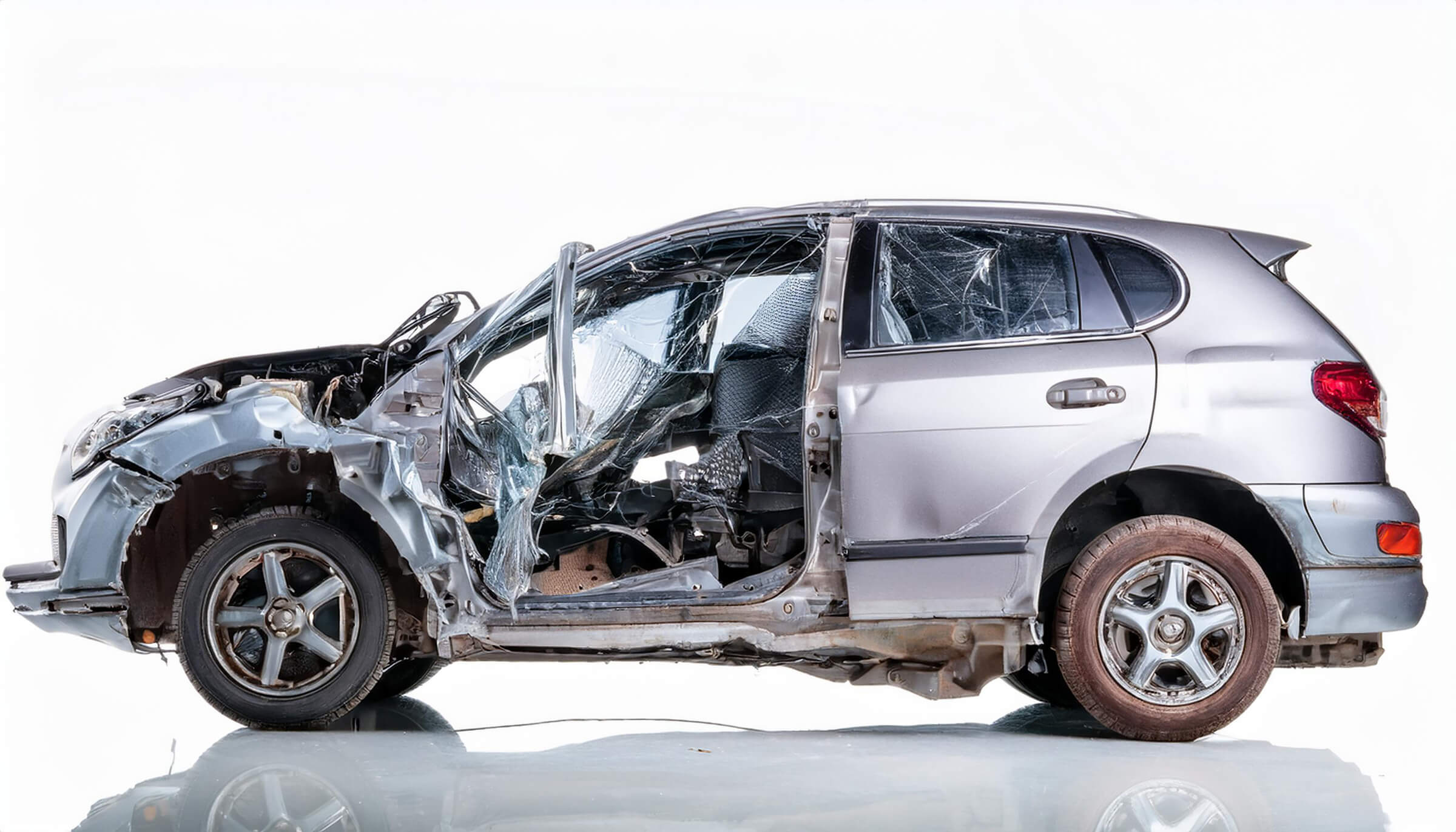
What to Do If Your Car Gets Totaled — And What Insurance Will (And Won’t) Pay For

by Maddi Butler
A totaled car can throw your life into chaos — especially if you rely on it to get to work, pick up your kids, or just run daily errands. Whether it's from a serious accident or a natural disaster, having your car declared a total loss is never convenient. But knowing what to do (and what not to do) can save you a ton of stress, time, and even money.
Here's a step-by-step guide for what to expect when your car is totaled — and how to handle it smartly.
Step 1: Understand What "Totaled" Means
A car is considered "totaled" when the cost to repair it exceeds its value — or a certain percentage of its value, depending on your state and insurer. Even if a vehicle looks fixable, it might still be declared a total loss based on repair estimates, hidden damage, or safety concerns.
Your insurer will typically calculate the actual cash value (ACV) of the car before the accident, subtract your deductible, and offer that amount as a payout.
Know What Insurance Will (and Won't) Cover
- Will cover: Your insurer will pay out the ACV of your car if it's covered under collision or comprehensive insurance. That money goes to you — or your lender if the car is financed.
- Won't cover: If you owe more on your car than it's worth, regular insurance won't pay the difference. That's where gap insurance comes in. Without it, you'll be stuck paying off the leftover balance.
- Also won't cover: Your personal belongings in the car (those fall under homeowners or renters insurance), future rental costs beyond your policy limit, and any new car you buy afterward — unless you have replacement coverage.
Step 2: Don't Accept the First Offer Blindly
Insurance companies aim to settle quickly, but that doesn't mean their first offer is always fair. Research your car's current market value using tools like Kelley Blue Book, Edmunds, or NADA Guides. If the offer seems low, you have every right to negotiate.
Provide proof of the car's condition before the accident — maintenance records, recent upgrades, or comparable listings in your area — to support your case.
Step 3: Handle the Loan or Lease Balance
If you're financing or leasing the car, things get trickier. Your insurance payout goes to the lender first. If the payout is less than what you owe, you're still responsible for the remaining balance — unless you have gap insurance (see our last post for the full breakdown on that).
Without gap coverage, you may be stuck paying for a car you no longer own — a harsh financial blow if you're unprepared.
Step 4: Decide What Happens to the Car
In most cases, your insurer will take possession of the totaled vehicle. But in some states, you might have the option to keep the car and receive a lower payout. This can make sense if:
- The damage is mostly cosmetic
- You want to repair it yourself
- You plan to sell parts or scrap it
If you keep the car, it may get a salvage title — which can impact future resale value and insurance coverage.
Step 5: Start Shopping for a Replacement
Once your claim is settled, it's time to find a new ride. If your insurance payout doesn't fully cover the cost of a replacement, you may need to dip into savings or take out another loan.
Tip: Some insurers offer replacement cost coverage on newer vehicles, which pays to replace your car with a similar make and model — not just the depreciated value. It's worth asking about for your next policy.
The Bottom Line
Getting your car totaled is stressful — but knowing the process helps you stay in control. Act quickly, keep good records, and don't be afraid to negotiate if the numbers don't add up.
And once you're back on the road, take a minute to revisit your coverage. The right insurance — especially things like gap coverage or new car replacement — can make a world of difference the next time life throws a curveball.